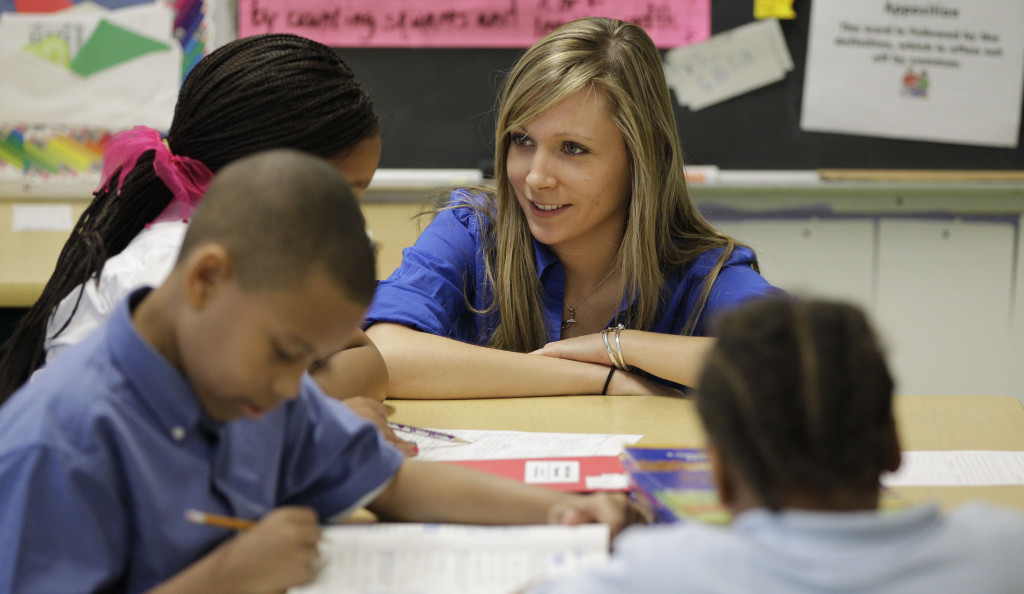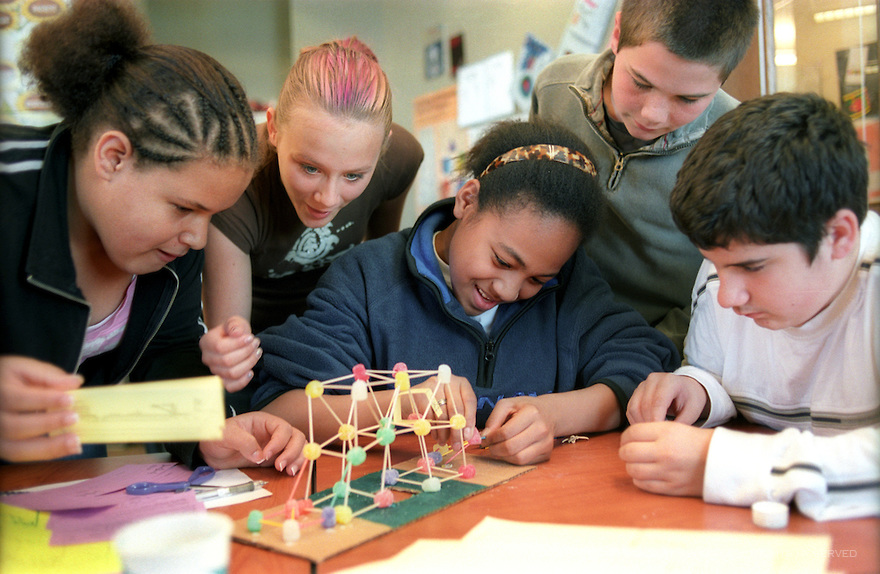With the new implementation of the Common Core State Standards, educators and educational experts alike are now rethinking the way in which teachers can improve and support their students within the classroom. For years, teachers have gone about replicating the craft in a very arbitrary isolated manner. What many studies have found is that the style of lecturing is not just ineffective, but extremely damaging to the students’ learning abilities. To go beyond the antiquated style of lecturing in front of a class for an hour, the new state standards look to provide supportive and guiding instructional delivery where educators are able to strategically work with particular students in order to cultivate and develop any misunderstood lessons. This style of teaching is what many people in the education sector refer to as differentiated instruction.
Differentiated instruction, by definition, is the way in which teachers anticipate and respond to the variety of student needs in the classroom. These needs refer back to the weaknesses listed within the Common Core student objectives. To meet student needs, teachers differentiate their classes by modifying the content to a specific one-on-one or group lesson that is applicable to the particular student’s understanding.
While many educators may disagree with the new implementation to their style of teaching, we need to take into consideration the benefits that differentiated instruction can have on a student. One thing we need to immediately realize is that education has changed dramatically within the past ten years. What was learned and taught in ten years ago is completely different to what is learned and taught today. With that development, educators need to succumb to the concept of change and improve their style of teaching for the betterment of student learning. This begins with the teacher analyzing and disaggregating the data of their classes and students through previous Common Core State Standard scores. By breaking this down to a quantitative manner, a teacher will be able to understand an individual’s strength and weakness in each particular subject. This type of knowledge not only forces educators to be attentive to a student’s needs, but is also helpful in shoring up those weaknesses.
With that said, how can we implement that knowledge into the classroom? What does differentiated instruction look like on a day-to-day basis?
Once the data and the scores are broken down, a teacher will typically break their classes into three specific groups: low, medium, and high. Many teachers like to rename these groups out of respect for the low group. In addition, depending on an educator’s management skills, this can be broken by a subject’s section or overall scores. However, to be more effective, look to break the groups into overall scores with possibilities of movement and, though more labor intensive, you can do better by breaking groups into levels of expertise by content. For example, though a student may have “failed” a particular subject with a score of 50%, they may have received a perfect score in a subset area of that subject, demonstrating mastery. Why should that child have to then learn a slower pace something they already mastered? Allow the groups to be flexible as much as you can. Once these groups are set with the option of fluid movement between classes or groups, you will now be able to plan efficiently and effectively in transforming and impacting your students in the most impactful manner.
In a teacher’s lesson plan, make sure there are twenty to thirty minutes squeezed out for differentiated instruction time. During this time, give the students two minutes to switch into the groups. Depending on your schedule you can break this up where a teacher can meet with every group during “D.I. Time” or meet with them during the week. Just be aware that you will be meeting with the group who needs the most more than once within a week.
In D.I. Time, the overall concept is broken down into three groups:
1. Teacher Led:
As stated by the name, this is the group where students will work more personally and individually with the teacher. In this group, make sure you come prepared with additional assignments. This can be worksheets, mini lessons, and various assignments that adhere to student improvement. To make this more affective, try picking lessons that relate to the group’s overall weaknesses. By pinpointing these weaknesses through the data, you will be able to guide and cultivate student learning with engaging and beneficial modules. Allow yourself plenty of good review work mixed in with the new so you may have ample time to visit each student around the group when needed.
2. Group Work
In this group, students will be collaborating on either a project or an assignment. Because students are working together, try using this section for students to work on an end of the quarter project where technology and teamwork can be beneficial. To help both the students and yourself keep things on track, make sure you have benchmark goals and dates that you will check the progress of the groups. Without this refocusing meeting with each group on set dates, some groups will flounder, some will think they are on track but may be behind, and others may take the project too far and in such detail that the parents will complain about the amount of stress and work you are giving! Keep in mind that this timeline should be flexible as well so that you have the option to end it early to push a single lazy group (or group member) or extend the deadline when you realize that the original time allotted was inaccurately set and is making for hurried work.
3. Independent Work
As stated by the name, this group looks for total student autonomy. Utilize this time for students to work on finalizing assignments or projects. In addition, this can also be a time to test students on their progress with a mini quiz based on their specific level. However, creative educational project choices within the confines of the subject and topic being addressed should be your preferred method. How can the student still extend his/her learning while still staying on topic? In what creative way will the student choose to present his/her findings and thoughts to the rest of the class? Keep the types of presentations limited, but the subject matter more open, and you will see this group of students soar.



